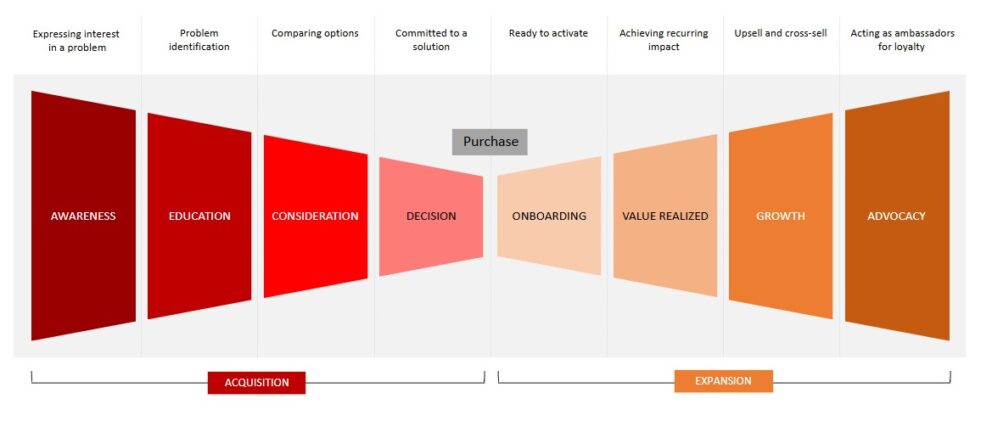Who is really buying?

By Payal Parikh, Director of Client Engagement at Heinz Marketing
When is a buyer not really a buyer? Who is filling your forms and makes the purchasing decisions? You think you have the best product and at its best price, why does it still turn off the buyers? Is there someone behind the scenes making those decisions?
As you think about these questions, you may think the reality is not what it looks like. There are a lot of psychological and emotional factors that play strongly in the buying process. If these are not understood, you can lose a sale.
In the ABM and ABX era, a lot of companies carefully select their ABM accounts, formulate strategies, devote a good amount of resources to these accounts. These resources are focused right from prospect identification to post-sale service. Even after a substantial amount of planning and well-executed process, these strategies sometimes fail. Ever thought about why your ABM plan failed? Because there was an incomplete understanding of the psychological factors that go in the buying process – the human side of selling.
What is the human side of selling?
Companies don’t make the buying decisions, people do. And in the B2B realm, there is no single person involved in the buying process, there is a group of individuals involved – also known as Buying Committee.
Each member of the buying committee has a subtle role in the process based on their needs. The knowledge of who the buyers are and what they want is important to the marketing and selling process. Companies with more advanced and mature marketing teams, where they have nailed down the sales and marketing team alignment, have a good understanding of this. Others, jump into campaign planning and execution without clearly understanding their buyers, and don’t see the results as they expected.
There are 4 major buying committee members as a general rule of thumb. Now, this could be more than 4 or less, depending on your product or service. And depending on the complexity of your product or service, the roles of the buying committee members can also be intertwined. For the sake of simplicity, let’s look at the 4 generic roles:
Decision Makers
Decision Makers are the end-all decision-makers for the purchase. (ie. They have Yes/No authority.) They fall into one of two categories:
Business Decision Makers, who are focused primarily on how the purchase impacts business ROI and revenue.
Technical Decision Makers, who are focused primarily on how the purchase impacts business technologies, processes , and operations.
Executive Sponsors or Champion
Executive Sponsors are those who drive the purchase decision forward internally, acting as the primary spokesperson for your solution amongst their team and executive leadership. These are not necessarily the end-user. Sometimes, the decision-maker could be the champion and/or the end-user, which makes your job easier, but does not completely neutralize influencers or individuals who object to the purchase. A champion will typically help you navigate the organization and help bring you in front of the influencers and the decision-makers.
It could be a contact you already have a relationship with or just someone who really wants to see this project move forward. They could be the key to helping you discover what’s most important to each of the buying team members.
Purchase Influencers
Purchase Influencers are people who may not have a direct role in the purchase decision, but they influence the outcome. They fall into one of two categories:
Business Influencers, who are focused primarily on how the purchase impacts business ROI and revenue.
Technical Influencers, who are focused primarily on how the purchase impacts business processes and operations.
User Influencers
User Influencers are the people in the organization who will use the product in their day-to-day jobs. They are directly impacted by the purchase and are focused on how the solution will help them be more efficient, effective, and productive.
Depending on the size and structure of the company, you may find one person or multiple people playing these roles. The best way to identify them is simply to ask. They will want their own opportunity to voice their concerns and opinions, and you’ll have ample time to ensure that the entire buying team’s criteria are met.
Here’s an article that will help you jumpstart your buying committee map.






